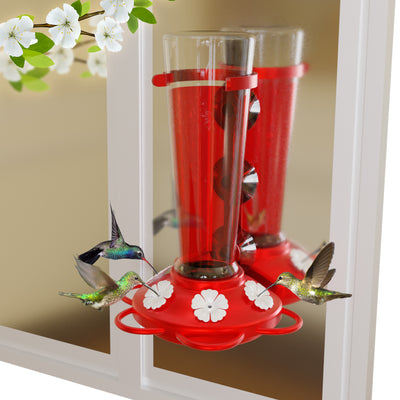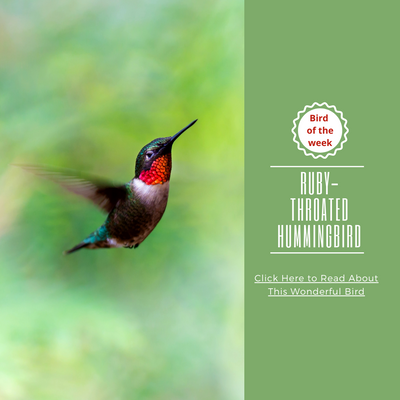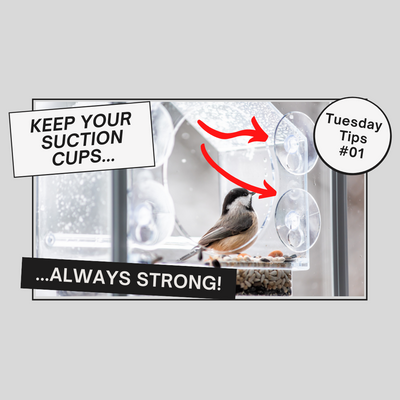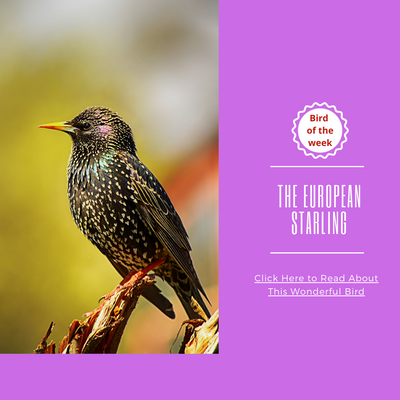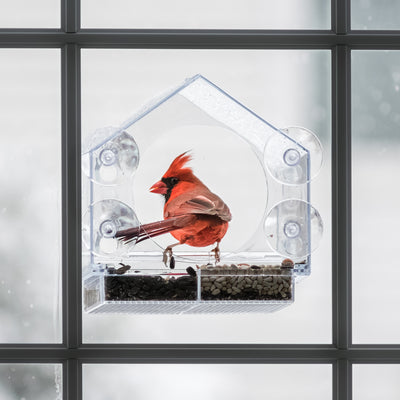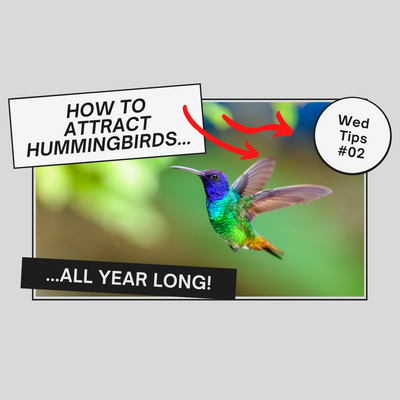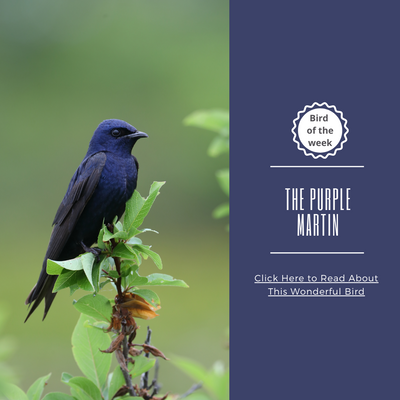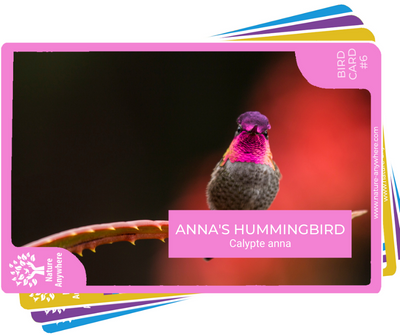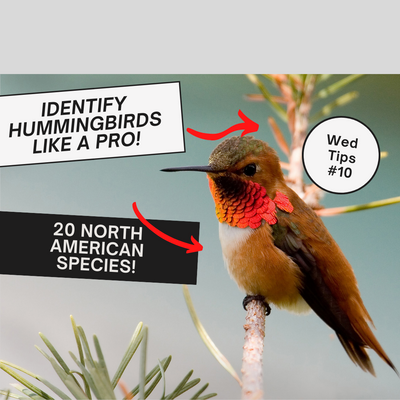BIRD OF THE WEEK - THE BALTIMORE ORIOLE!
BIRD OF THE WEEK - THE BALTIMORE ORIOLE!

Who failed to touch us all,
Was that confiding prodigal,
The blissful oriole.
Standing out with its brilliant golden feathers, it is no surprise that the Baltimore
Oriole, one of the brightest sights in the forest, has inspired so many artists and
poets. Always a sight for sore eyes, this flyer deserves to be Bird of the Week!
In case you missed last week's bird-of-the-week: Ruby-Throated Hummingbird!
Getting to know you!
The sweet sounds of the Baltimore oriole are the heralds of Spring - you will hear
them before you even see them! They love open woodlands, deciduous trees and parks, as well as gardens and suburban areas.
The male Baltimore oriole has a charcoal-black head, back, wings and tail, and a fire-orange breast and shoulder patch. He is from the blackbird family - so he is basically a blackbird with a bright orange kimono!
The female takes it down a notch with an olive-brown back and pale yellow front.
They can become a deeper orange each time they moult - so the older ladies of the tribe might look like a male. The male, by the way, only gets his “badge of orange” after he turns 2. Until then, he is coloured like the female.
This vivid bird is migratory, roaming mostly east of the great plains. They usually
arrive in the spring and stay till until winter, (sometimes even earlier, like July) after which they fly south to the tropics of Central America, South America and the Caribbean.
What’s in a name?
Why Baltimore? The male oriole’s colors resemble the coat of arms of George
Calvert, the first Lord Baltimore, whose family established the Maryland colony in the 17th century.
Why Oriole? This song bird was named “the Baltimore bird.” “Oriole” was added much later, which is derived from the Latin word aureolus meaning “golden.”
The Baltimore oriole, mascot of the Maryland baseball team, is also a member of the Icterus club which means “yellow bird.” It is proudly represented by 30 other species, 8 of whom are found in North America. The rest can be seen only in South America.
What kind of bird feeder do you need?
Though Baltimore orioles stay hidden in the treetops, they love bird feeders! Give them some orange slices, grape jelly and mealworms and they will be your friends for life!
Oriole feeders have 4 musts:
* Orange ports to attract them.
* Nectar feeders with bigger holes for their large beaks
* Small dishes to hold jelly or mealworms
* Spikes for orange or apple halves
If they find your bird feeder as soon as they arrive from their migration, they will
stay with you the whole season, and possibly the following one too!
Since Baltimore Orioles have a sweet tooth, they can definitely share feeders with hummingbirds. Though the feeder portals are small, when there’s a will -
there’s a way.
What do Orioles eat?
Orioles are omnivores, mostly living on insects in the colder seasons and fruit in
warmer times. They love darker fruits such as red berries, orange slices and purple grapes. Serve them some ripe yellow grapes or a green apple and they won’t even notice them!
Baltimore orioles have a unique eating method called gaping: they stab their closed bill into a fruit and then open their mouth, catching the juice inside to drink with their tongue.
 Oh, what a brilliant nest they weave!
Oh, what a brilliant nest they weave!
The female oriole is a master weaver who creates a work of art, and her nest is one of the most impressive wonders of the avian world.
On a branch between 25 to 90 feet high, she will take a blade of grass or animal hair, literally “crochet” it with her beak for about half an hour, then fly off to get the next piece. Sometimes the male helps to gather pieces for the nest, but the female is the main crafter.
It can take the female up to 12 days to finish the nest. However one oriole was
spotted building her nest for 40 days! We’re talking 10,000 stitches, tying thousands of knots with her beak as her only tool! This is one of the best survival mechanisms we have found in birds.
The end result looks like a hanging basket and may look a little flimsy, as if the wind would blow it off any second - but in fact it is so sturdy that it can carry up to 7 eggs and last for weeks after the birds have left their nest. Though the old nest could be re-used, the females tend to build new nests every season sometimes “borrowing” threads from the old nest for the new one.
After hatching, both parents feed their young’uns, who stay with them for two
weeks.
What does a Baltimore Oriole sound like?
Male Baltimore Orioles each have their own individual tunes! And their females will identify them from afar by their individual songs.
Fun Facts:
- The Baltimore Orioles are smart little cookies. They don’t make their nests from just anything they find: they carefully choose the pieces with which to craft. A nest was found made out of a fishing net. For most birds this would be a death trap as the birds usually get killed by entanglement but the oriole actually found its microfibres sturdy enough for the making of their nests!
- Icterus - in addition to meaning “yellow bird”, it also means jaundice. It was believed that a jaundice patient would be cured of his illness just by looking at the golden flyer.
- Baltimore Orioles are the only insect-eating birds who also eat caterpillars including pests like fall webworms and gypsy moths
- The oldest known Baltimore oriole lived till the age of 12. He was unfortunately killed by a raptor, possibly an owl or a jay.

